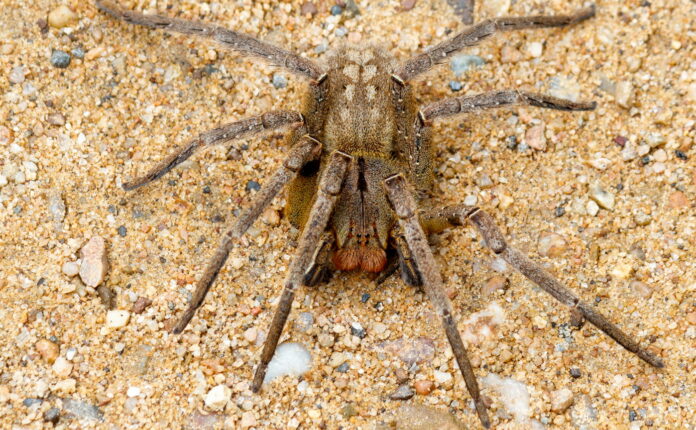The Brazilian Wandering Spider ( Phoneutria nigrivente) is one of the most fascinating and feared creatures in the animal kingdom. Known for its aggressive behavior and potent venom, this spider has captured the curiosity of many people around the world.
Appearance and Size
The Brazilian Wandering Spider is quite large compared to other spiders. It can grow up to 5 inches (13 cm) in leg span. Its body is usually brown and covered in fine hairs, making it look even more intimidating.
Habitat and Distribution
These spiders are mainly found in tropical South and Central America, especially in Brazil. They prefer to live in forests, but they are called “wandering” spiders because they do not build webs. Instead, they roam the forest floor at night in search of prey.
Behavior and Hunting
The Brazilian Wandering Spider is a nocturnal hunter. It moves quickly and aggressively, using its powerful legs to catch prey. This spider eats insects, other spiders, and even small vertebrates like frogs and lizards.
Venom and Danger to Humans
The venom of the Brazilian Wandering Spider is very potent. It can cause severe pain, muscle problems, and even breathing difficulties. While its bite is rarely fatal, it is still considered one of the most dangerous spiders in the world.
Interesting Facts
- Defensive Posture: When threatened, the Brazilian Wandering Spider raises its front legs high in the air. This is a warning sign to potential predators or humans.
- Medical Research: Surprisingly, the venom of this spider is being studied for medical purposes. Scientists are exploring its potential in treating conditions like erectile dysfunction and chronic pain.
- Spider Sightings: These spiders are sometimes found in banana shipments, which is why they are also known as “banana spiders.” This has led to some scary encounters in grocery stores far from their natural habitat.
- Super Speed: The Brazilian Wandering Spider is one of the fastest spiders in the world. It can move quickly to catch prey or escape threats, making it a very effective hunter.
- Mating Rituals: Males have a unique way of attracting females. They perform a dance and vibrate their bodies to catch the female’s attention. This ritual helps them avoid being mistaken for prey and eaten.
- Lifespan: These spiders have a relatively short lifespan, usually living for about one to two years. Despite this, they make a big impact on their ecosystem during their brief lives.
- Eye Arrangement: The Brazilian Wandering Spider has eight eyes arranged in three rows. This unique eye pattern helps them detect movement and hunt efficiently at night.
What to Do if You Encounter One
If you ever come across a Brazilian Wandering Spider, it’s important to stay calm and avoid making sudden movements. Do not try to handle the spider. Instead, call pest control or a professional who can safely remove it.
The Brazilian Wandering Spider is a remarkable yet dangerous creature. Its unique behaviors, potent venom, and interesting role in medical research make it a subject worth learning about. While encounters with humans are rare, it’s always good to be informed about these fascinating arachnids.
